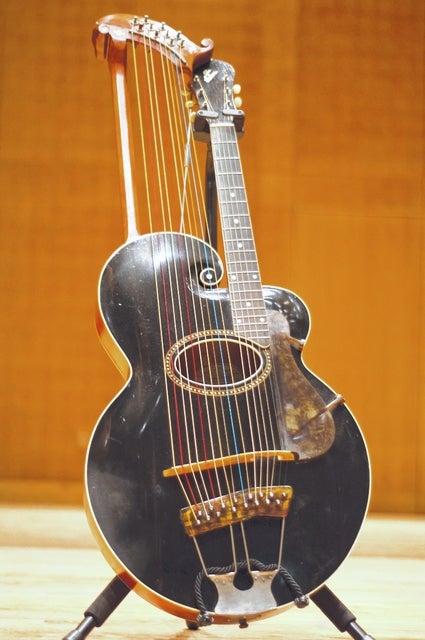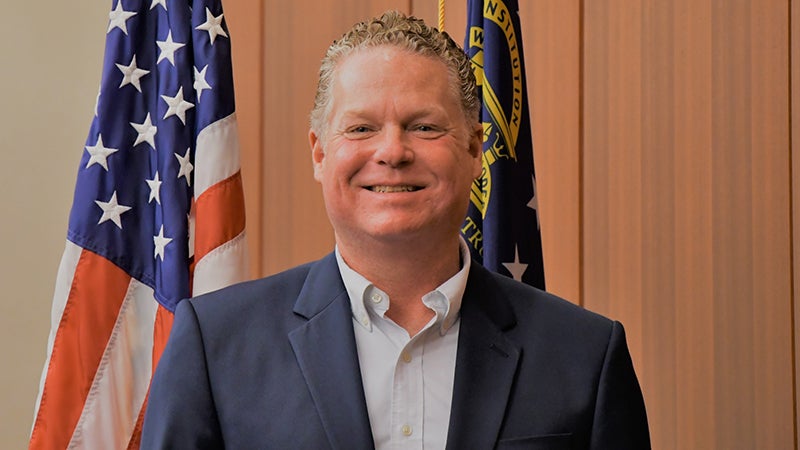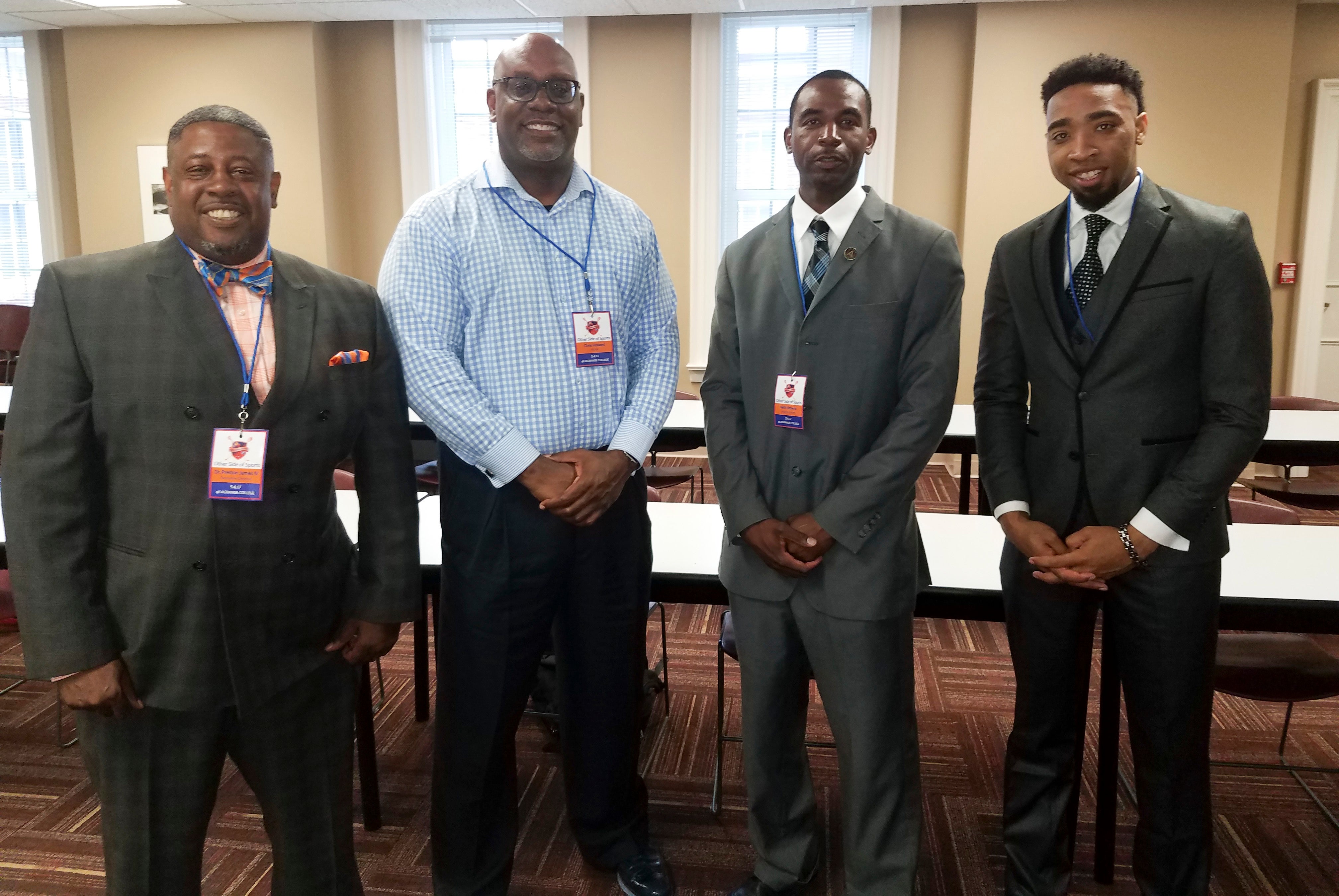Guitarist shares lost artform
Published 12:00 am Monday, March 21, 2016






LaGRANGE — A different sound filled the Callaway Auditorium on Wednesday as LaGrange College invited harp guitarist John Riley of Newnan to share the story of a lost instrument and art form.
Harp guitars, which peaked in popularity in the 1930s, have largely disappeared from the landscape, but a few of the multistringed, peculiar devices still exist around the United States, Riley said.
“They’re called harp guitars because they have one or more unfretted strings attached to the neck,” Riley explained to a crowd of college students. “They were mostly used as back-up instruments to mandolins.”
Riley showed his collection of harp guitars, each of which has traditional, fretted guitar strings, but also includes sub-strings capable of hitting bass notes. When played, the deep tones resonate in harmony with the melody, creating a one-man-band sound.
“Essentially, it allows you to play bass at the same time,” Riley explained.
One of his prized possessions is a 1914 Gibson U-Style harp guitar, with a six-string main neck and 10 harp strings. Only about 350 of the instruments were made by Gibson Guitars in a factory in Kalamazoo, Michigan, between 1907 and 1930, and of that only about 100 survive today.
As he played a rendition of “Man of Constant Sorrow,” an American folk song written in about 1913, Riley’s harp guitar resounded with a rich, earthy tone, although each of his harp guitars has a slightly different sound.
“They’re all different,” Riley said of his collection. “That’s the thing about harp guitars — each one is unique.”
Although the instrument has faded from fashion, a small cadre of enthusiasts still pay the old-fashioned relics, Riley said. About 300 people across the U.S. still pluck the strings of harp guitars, and recently a company began making reproductions — but they’re not cheap. Riley said a reproduction harp guitar can cost between $2,000 and $4,000.
Jonathan Gilmer, a LaGrange College senior from Columbus studying music, said he enjoyed hearing Riley’s instruments and was curious about learning more.
“I’d like to see some more demonstrations on it,” Gilmer said.
For more information about John Riley and his collection of harp guitars, find him on Facebook at www.facebook.com/john.riley.7127 or email jriley@numail.org.




